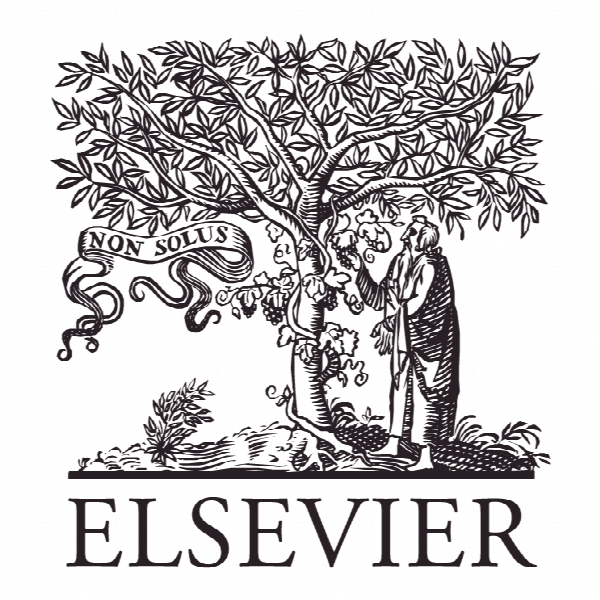تاثیر دارایی های خالص خارجی بر پایداری صرف ریسک متغیر زمان: شواهدی از نرخ ارز یورو Effect of net foreign assets on persistency of time-varying risk premium: Evidence from the Dollar-Yen exchange rate
- نوع فایل : کتاب
- زبان : انگلیسی
- ناشر : Elsevier
- چاپ و سال / کشور: 2018
توضیحات
رشته های مرتبط اقتصاد
گرایش های مرتبط اقتصاد پولی
مجله بررسی بین المللی اقتصاد و امور مالی – International Review of Economics & Finance
دانشگاه Tokyo International University – Japan
منتشر شده در نشریه الزویر
کلمات کلیدی نرخ بازپرداخت بدون مالیات، صرف ریسک متغیر زمان، نرخ اسمی مبادله اسمی، مانده حساب جاری
گرایش های مرتبط اقتصاد پولی
مجله بررسی بین المللی اقتصاد و امور مالی – International Review of Economics & Finance
دانشگاه Tokyo International University – Japan
منتشر شده در نشریه الزویر
کلمات کلیدی نرخ بازپرداخت بدون مالیات، صرف ریسک متغیر زمان، نرخ اسمی مبادله اسمی، مانده حساب جاری
Description
1. Introduction Many researchers have sought to explore the failure of uncovered interest rate parity to hold by investigating time-varying exchange rate risk premiums.2 Greater uncertainty in forecasting future exchange rates, which may be measured with the volatilities of uncovered interest rate parity regression residuals, may induce increases in risk premiums, which can lead investors to retain foreign currencies. Indeed, some studies have focused on the conditional variance of the regression residuals to investigate the variation in exchange rate risk premiums using ARCH-type models. 3 However, the theoretical relationship between volatilities of asset prices and risk premiums is somewhat vague because standard financial theory asserts that unsystematic risks are not priced. Additionally, in studies that have employed ARCH-type models, the sources of risk premium variation have not been identified. Therefore, attention should be given to the factor(s) of variation in risk premiums. In this paper, I hypothesize that the exchange rate risk premium in uncovered interest rate parity depends on the amount of net foreign asset holdings. To hold more net foreign assets, risk-averse investors must receive a reward in the form of a larger risk premium associated with exchange rate variations. Therefore, changes in net foreign asset holdings cause exchange rate variations through time-varying exchange rate risk premiums.


